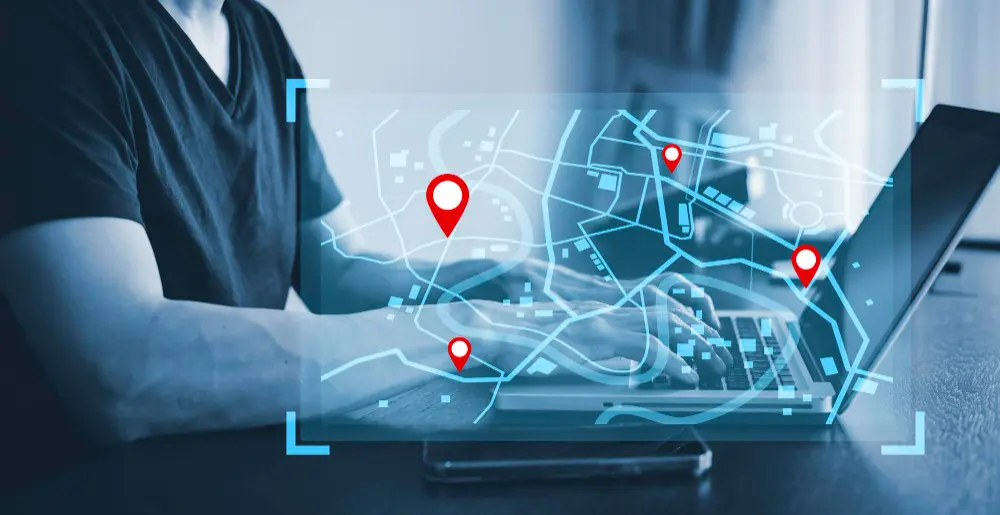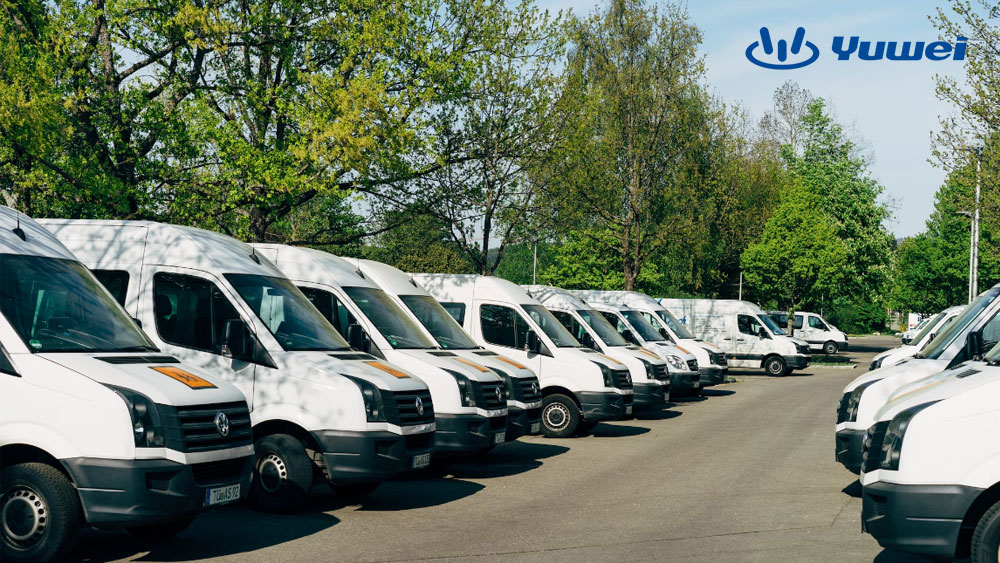What is a Dash Cam?
What is a Dash Cam
A dash cam, also known as a dashboard camera or car camera, is an extremely effective safety tool for commercial fleets. From guiding drivers to exonerating your company from false claims, they can be utilized in various ways to enhance fleet safety and reduce costs. This article will introduce the different types of dash cams used in fleets, including front-facing and dual-facing dash cams.

Definition of a Dash Cam
A dash cam is an onboard recording camera typically installed on the windshield of a car or truck. It can record video and audio while the vehicle is in motion or parked.
Different Types of Dash Cams
With various brands, models, and types of dash cams available, it can be challenging to determine which one suits your needs. Here are examples of different types of dash cams:
1. Dual-Facing Dash Cam
A dual-facing dash cam is installed on the windshield with lenses facing inward and outward. Dash cams like the YUWEI V8N can capture everything happening in front of the vehicle as well as inside the cabin, making them ideal for detecting and reducing high-risk behaviors such as distracted driving.
2. Front-Facing Dash Cam
A front-facing dash cam has a single lens facing forward towards the front of the vehicle. Dash cams like the YUWEI V8N are excellent for capturing events occurring in front of the vehicle, helping to establish accident liability and clarify insurance claims.
3. Side and Rear Cameras
Side and rear cameras are externally mounted camera systems that provide a 360-degree view of the vehicle's surroundings. These cameras are perfect for preventing blind spots, avoiding false claims, and resolving liability disputes. They can also serve as external security cameras for the vehicle.
4. Security/Interior Cameras
Security cameras are used to protect the interior and exterior of the vehicle. These cameras are highly effective in preventing theft, vandalism, and ensuring passenger safety. They are also used to resolve asset loss disputes.
Why Your Fleet Needs Dash Cams
Here are several reasons to equip your fleet with the latest dash cams:
- Reliable Evidence in Case of an Accident
If an unfortunate accident occurs, dash cams provide the necessary evidence for drivers to support insurance claims and exonerate themselves. This footage can clarify the difference between an accident and legal disputes.
- Theft Prevention
Security cameras can help drivers monitor their vehicles while they are away. Whether it’s accidental scratches or intentional damage, security cameras aid in preventing and deterring vehicle damage and theft.
- Exonerating Drivers from Insurance Fraud
With insurance fraud becoming more prevalent, it can be difficult to prevent false claims without solid evidence. Dash cams are ideal for capturing the footage needed to exonerate drivers and eliminate any doubts in accidents.
- Preventing Hit-and-Run Incidents
Dash cams, combined with external rear and side camera systems, are perfect for capturing potential "hit-and-run" scenarios. If a responsible party decides to flee upon realizing no one is around to catch them, this footage will serve as a witness.
- Driver Safety
Protecting drivers is one of the many uses of dash cams. They help prevent accidents from escalating into dangerous situations for drivers. In most cases, the camera mounted on the windshield can safeguard the driver.
Through the above analysis, it’s evident that dash cams hold significant value in enhancing fleet safety and reducing risks.

















































